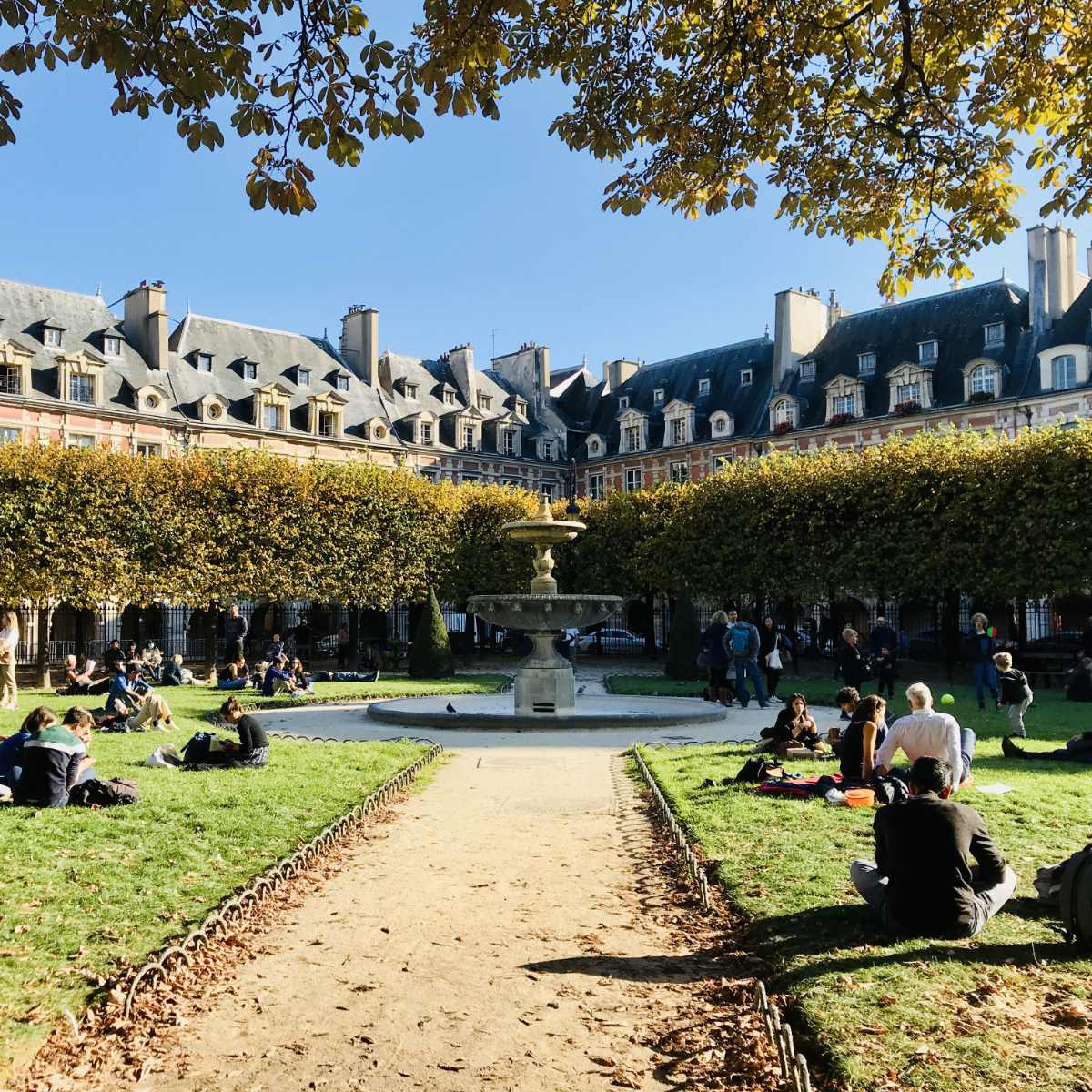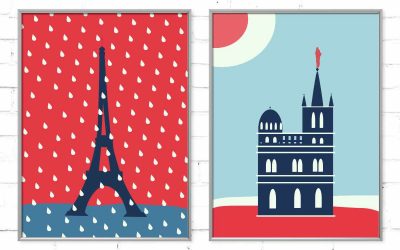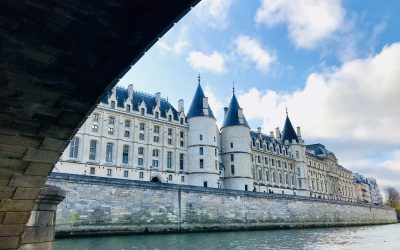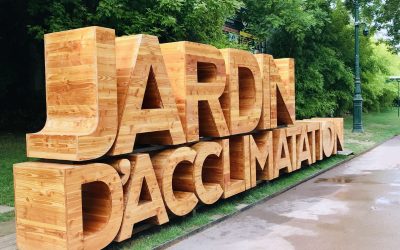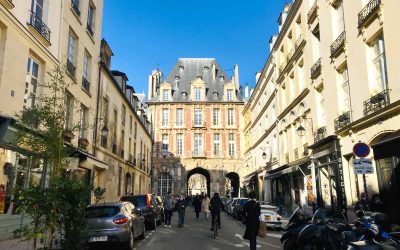The 3eme arrondissement in Paris has long been one of the most interesting neighborhoods in Paris. With bustling bars and restaurants at one end towards the Seine, and calmer narrow streets closer to the Place des Vosges, this is the Haute Marais at its best.
Technically, the Marais consists of the 3rd and 4th arrondissements, with the 4th sometimes called the Lower Marais, athough no real border exists between the two.
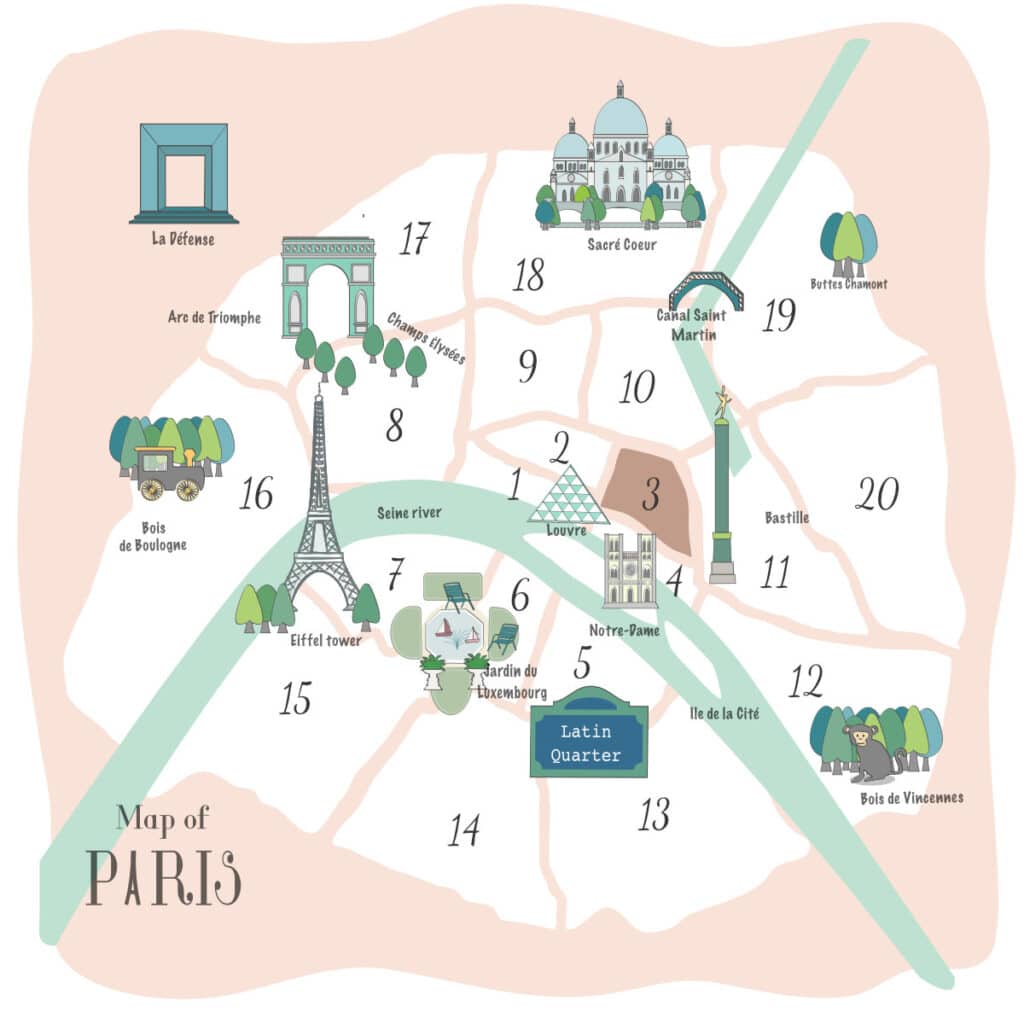
From the Musée Picasso to the Musée Carnavalet, there are quite a few hidden and not-so-hidden gems in this area to go exploring. So let’s see what there is to do in the 3rd arrondissement, shall we? Allons-y!
What to see: Museums and Attractions
1. Haute Marais
This Paris arrondissement is the heart of the Marais. With the bustling Rue de Rivoli and pedestrian shopping zones, this is the perfect area to while away an afternoon. The area has a ton of bars and restaurants, as well as a lively gay scene, so park yourself at a café terrasse and have a cocktail.
Note, if you are looking for a quiet apartment with not much street noise, the Marais is not the place to be. If you enjoy having a bit of nightlife around, however, the Marais is where you should stay in Paris.
2. Place des Vosges
Originally known as Place Royale, Place des Vosges is one of the most beautiful spots in the Marais, and indeed, in all of Paris.
It is located off of Rue Saint Antoine in the 4th arrondissement and it is where the rich and famous used to live. And in fact still do, as house prices around here are more than double what it is in the surrounding buildings.
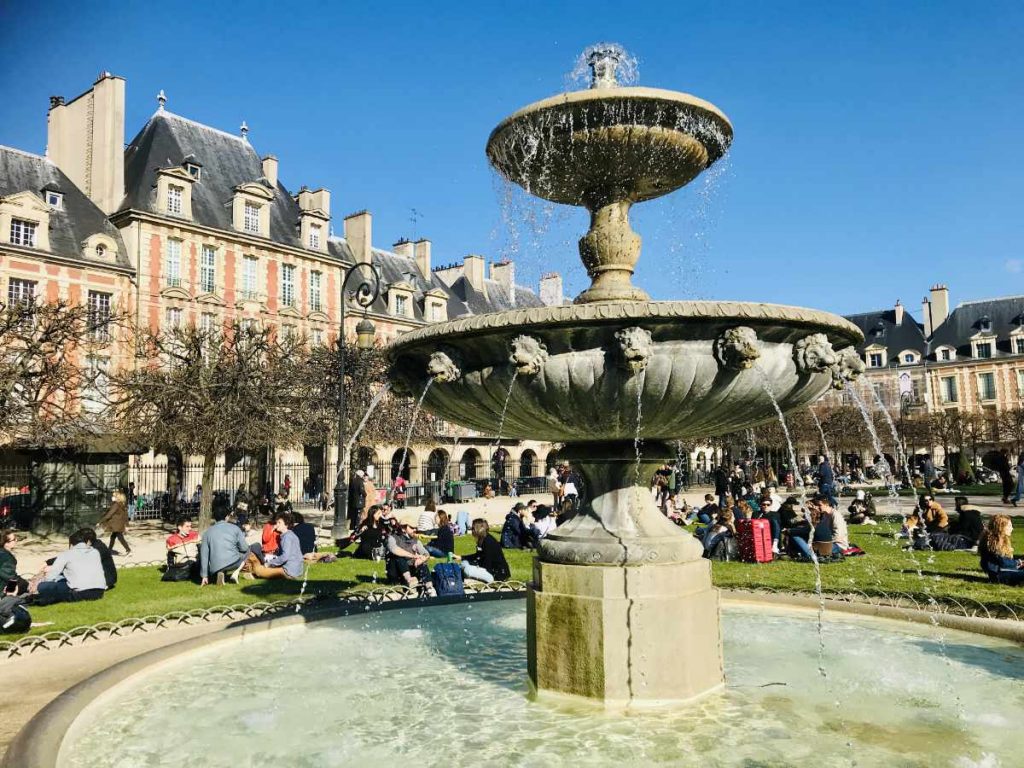
The last French queen to live was Anne of Austria in the 1600s. However, this sumptuous building in the heart of Paris has remained emblematic of the divide between the rich and the poor.
At the time of the French Revolution in 1789, this area was surrounded by a medieval city, with buildings very close together and poor sanitation. At the time, there were no wide boulevards and Hausmannian architecture. Place des Vosges was a luxurious building where the nobility lived; the nobles who didn’t pay taxes like the commoners did.
Before the Revolution, even access to the gardens was forbidden, except on one day of the year, August 25, the feast of Saint Louis, one of the most famous saints in France.
You can imagine that this was one of the first places taken over by “the people” and it was successively renamed several times:
- place des Fédérés – Federate square
- place du Parc-d’Artillerie – Artillery park square
- place de la Fabrication-des-Armes – Maker of weapons squre
- place de l’Indivisibilité – Indivisible square
In 1800, it was renamed “Place des Vosges” in honor of the Vosges regional department, which was the first to have paid tax under the French Revolution and, send volunteers to defend the “patrie” (country) in danger.
These days it is filled with picnickers ready to enjoy a bit of fresh air and sunshine. There are several art galleries and cafés in the buildings that surround the Place des Vosges, and it is wonderful place to have a coffee (or a beer).
You can read more about the Place des Vosges here. You can also take a guided walking tour through the area to hear about the Marais’s famous residents and how this area has changed over time.
3. Musée Nationale Picasso
Pablo Picasso was not born in France, but he was so emblematic of the art scene in Paris, that he has to be on the list of the greatest artists in France. He first visited Paris at the age of 19 and would eventually move to France, dying at the age of 91 in Mougins, France.
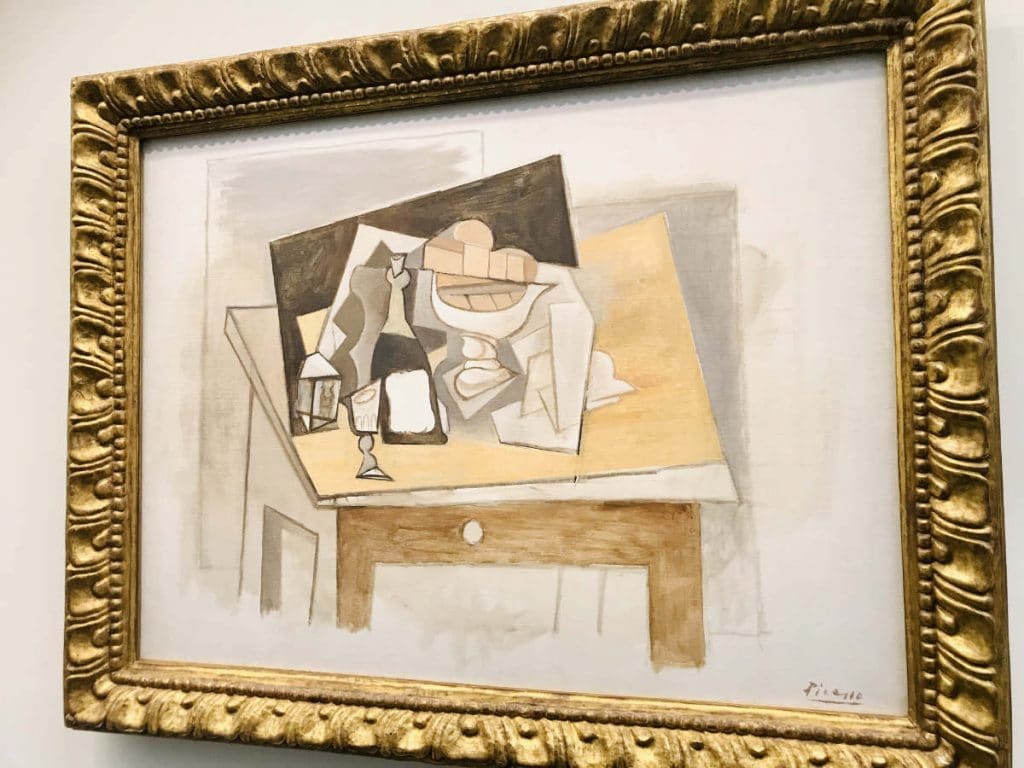
With a varied neo-classical style, he became one of the best-known figures in the 20th-century art world and beyond.
Because Picasso was a long-time resident and died in France, his estate was subject to French succession laws. France permits heirs to pay inheritance taxes with works of art instead of money, as long as the art is considered an important contribution to the French cultural heritage.
As such, his family donated thousands of works of art (paintings, sculptures, drawings, prints, and notebooks), along with personal papers, correspondence, and more. They also donated works that he had collected from his fellow artists including Renoir, Cézanne, Degas, Rousseau, Seurat, and Matisse.
While some of these works are now at Musée d’Orsay and the Orangerie, the largest collection of Picassos are at the Musée Nationale Picasso in the Hôtel Salé on rue de Thorigny, in the Marais district. You can get your skip-the-line tickets for the Picasso museum here.
4. Musée Carnavalet
If you are interested in the history of Paris, you may want to make a stop at the Carnavalet Museum in the Marais.
Inside the museum, the exhibits show the transformation of the Roman village of Lutèce, which was inhabited by the Parisii tribes to the grand City of Lights that we see today.
The Carnavalet museum houses over 2,600 paintings, 20,000 drawings, 300,000 engravings and 150,000 photographs, along with 2,000 modern sculptures and 800 pieces of furniture.
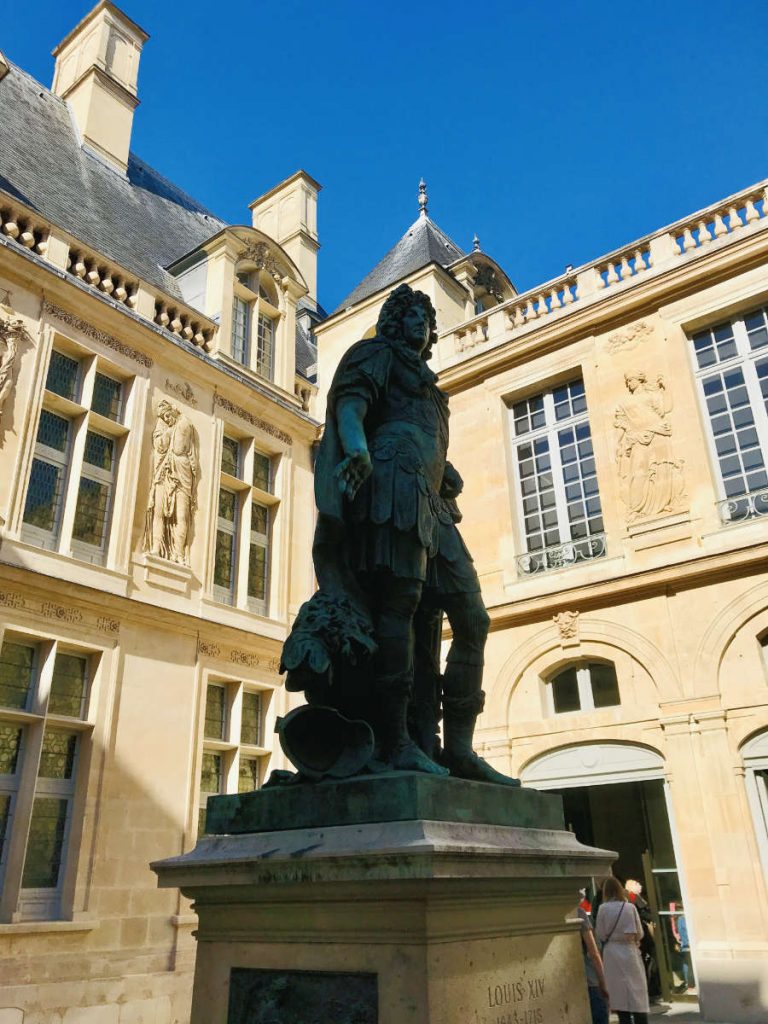
In the courtyard, there is a sculpture of the Sun King Louis XIV, who built the Palace of Versailles and had such a profound effect on Paris during his long reign. Entry to the permanent exhibition halls is free, although you may need to reserve a timeslot. You can find more free museums in Paris here.
5. Place de la République
Known as the Place du Château d’Eau until 1879, Place de la République is located on the border between the 3rd, 10th, and 11th arrondissements.

At the center of the Place de la République is a large bronze statue of Marianne holding an olive branch in her right hand and a tablet engraved with the “Droits de l’homme” (the “Declaration of the Rights of Man and of the Citizen”) in her left hand.
This highly symbolic square is the place you see on TV where protesters usually gather. Most of the square is pedestrianized, and surrounded by small shops and hotels.
6. Musée de la Chasse et de la Nature
If you are travelling with young children, you may want to make an side stop at the Musée de la Chasse et de la Nature (Museum of Hunting and Nature).
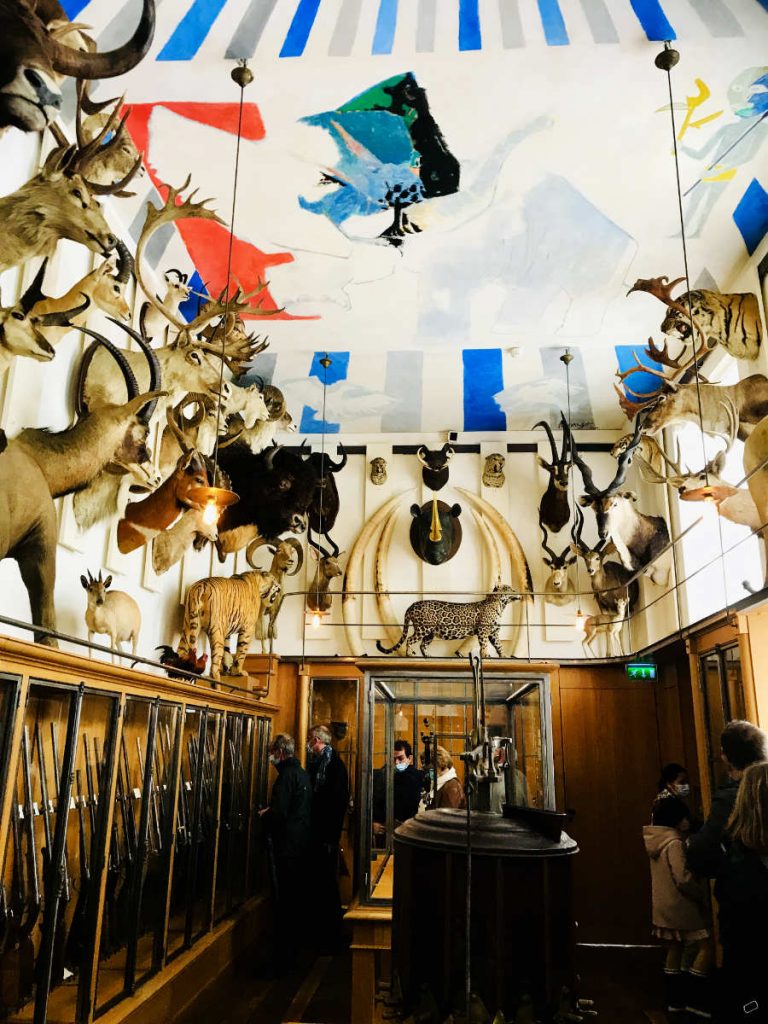
With a variety of paintings dedicated to animals and the hunt, there are also stuffed animal collections and hunting weaponry.
The building itself is also quite impressive, having previously been two private mansions dating back to the 17th century, that were connected together. You can read more about the Museum of Hunting and Nature here.
Shopping
BHV Marais
Just across from the Hotel de Ville in the 3rd arrondissement is the grand magasin (large shop) called the BHV. It is part of the same group that owns the famed Galerie Lafayette shops, and is one of the top places to go shopping in Paris.
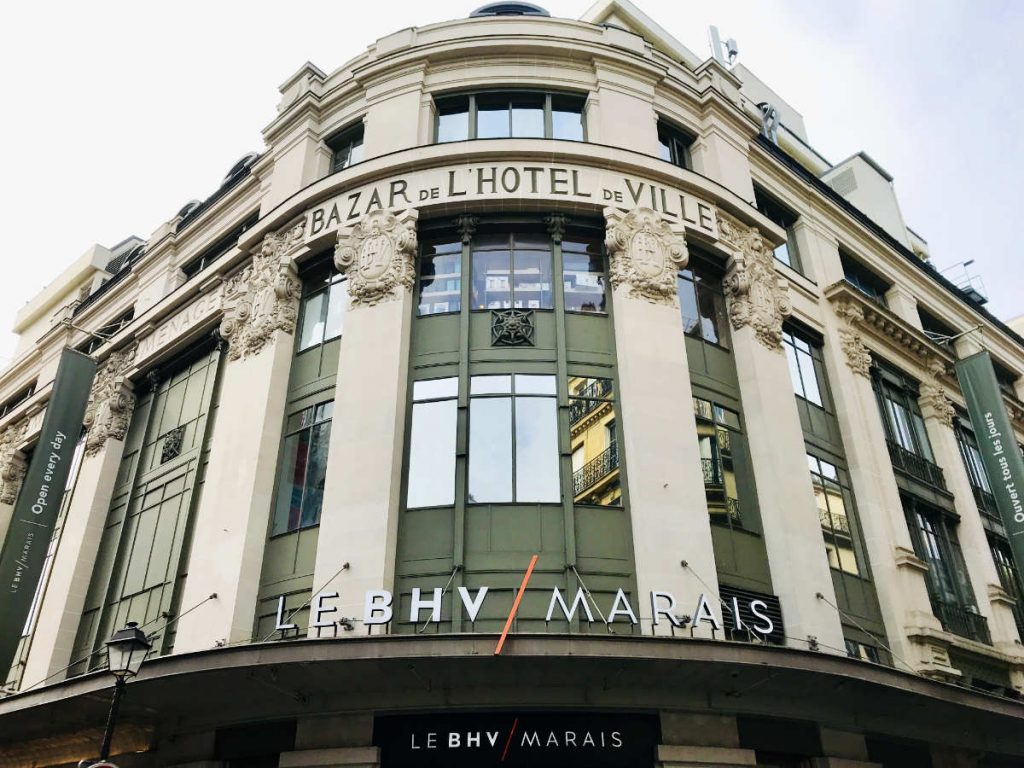
The large building is fully occupied by BHV with 6 floors and an underground, selling everything from clothing and shoes, to kitchen items and DIY tools. Prices vary from luxury to more modest items.
There is also a superb rooftop bar and restaurant on the top floor with excellent views all across the city.
Marché des Enfants Rouges
The oldest food market remaining in Paris today, the Marché des Enfants Rouges is a covered market dating to 1615 and is an official historic monument.
The name “market of the red children” and is due a nearby orphanage called Hospice des Enfants-Rouges, that would take in stray children found on the streets of Paris.
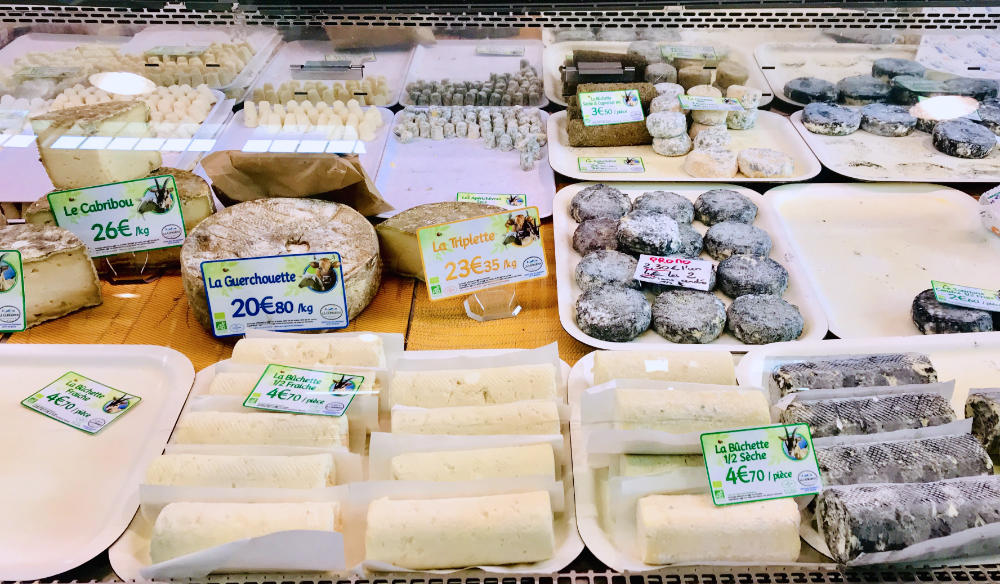
Inside the market you will find a variety of farmers’ stalls with fruits and vegetables, as well as other producers of cheese, wine, flower stalls, as well as a selection of eclectic street food to takeaway.
The market is open everyday up to 7:30pm except Sundays when it is open till 2pm. It is located at 39 Rue de Bretagne in the 3rd arrondissement in the Haute-Marais.
What to eat: Restaurants, Brasseries, and Bistros
There are plenty of restaurants in the Haute Marais and the 3rd arrondissement. Some local favorites are:
- Des Gars dans la Cuisine – 72 Rue Vieille du Temple, 75003 – a chic French bistro with a bit of a global twist. Noted in the Michelin guide.
- Café Charlot – 38 Rue de Bretagne, 75003 – Excellent cocktails on a great terrasse to watch the passerbys go about their day. International menu with French classics along with the occasional burger.
- Breizh Café – 109 Rue Vieille du Temple, 75003 – a lovely crêperie that always has a lot of different varieties to try.
You can find more ideas and ways of spending an evening in Paris here.
Bars and Nightlife
The 3rd arrondissement is filled with bars, pubs, and restaurants that make it one of the top areas for nightlife in Paris. It also has a vibrant gay community in the area, so there are also plenty of gay bars nightclubs in the area. Some local recommendations are:
- Candelaria – Mexican taqueria and cocktail bar specializing in agave spirits at 52 Rue de Saintonge, 75003 Paris
- Le Workshop – formerly L’Atelier. Big bar but go early to get a table at 173 rue saint martin, 75003 Paris
- Andy Wahloo – creative cocktails at 69 Rue des Gravilliers, 75003 Paris
LGBT and Gay bars
- Le Tango (a bal musette playing greatest hits) – 13 Rue au Maire, 75003 Paris
- L’Enchanteur (on 2 levels, with karaoke, bills itself as the friendliest place in the Marais) – 15 Rue Michel-le-Comte, 75003 Paris
You can find more bars and nightlife options around Paris here.
Where to stay: Hotels and other accommodation
With shopping, bars, cafés, nightlife as well as some of the best attractions in Paris all within walking distance, you will want to base yourself in the 3eme arrondissement. Some recommended hotels in the area are:
- €€€ – Paris France Hotel
- €€€€ – Hôtel National Des Arts et Métiers
- €€€€€ – Le Pavillon de la Reine & Spa
You can find more accommodation options for the 3rd arrondissement here.

If you enjoyed that article, you may like to read more about the nearby 1st, 2nd and 4th arrondissements. A bientôt!
